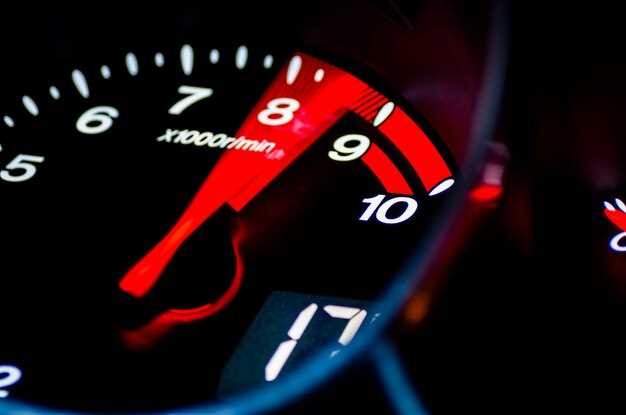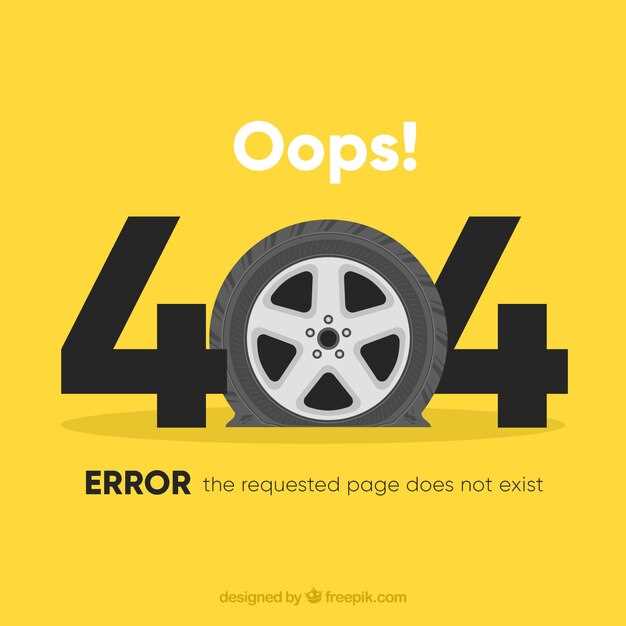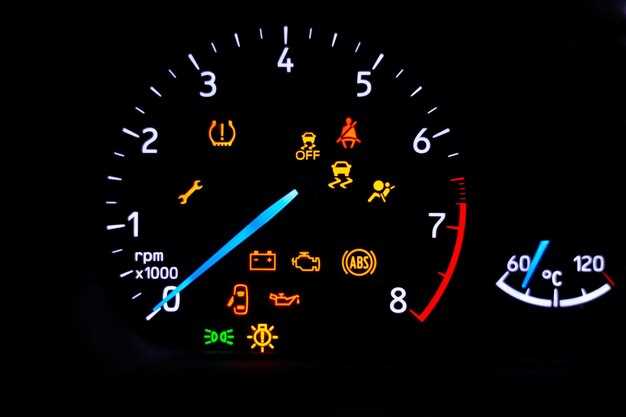
Are you experiencing an issue with your car’s speedometer? A malfunctioning gauge can lead to inaccurate readings, making it difficult to monitor your speed while driving. This not only affects your driving experience but can also pose safety risks and lead to potential legal implications.
Understanding the cause of the problem is the first step toward fixing your broken speedometer. Several factors can contribute to a faulty gauge, including damaged sensors, wiring issues, or even the speedometer head itself. By diagnosing the issue correctly, you can take the necessary steps to restore your speedometer’s functionality and ensure accurate speed readings.
In this article, we will provide you with practical tips and techniques to help you troubleshoot and repair your speedometer. Whether you’re a seasoned mechanic or a novice car owner, these suggestions will guide you in addressing your speedometer issues effectively. Let’s get started on the path to a fully functional speedometer!
Diagnosing Common Speedometer Problems
When faced with a malfunctioning speedometer, it’s essential to pinpoint the specific issue affecting its performance. Common symptoms include fluctuating readings, complete failure to show speed, or consistently incorrect readings.
One prevalent problem is a disconnect between the speedometer cable and the vehicle’s transmission. If the cable is damaged or disconnected, it can lead to inaccurate readings or a completely nonfunctional speedometer. Inspecting and securely reconnecting or replacing the cable can often resolve this issue.
An electrical issue could also be the culprit, especially in modern vehicles where speedometers may be electronically controlled. Checking the fuses associated with the speedometer circuit is critical, as blown fuses can disrupt its operation. Additionally, examining the wiring for any signs of wear, corrosion, or loose connections is vital in diagnosing electrical issues.
If the speedometer appears to function erratically, the problem may be related to the vehicle’s speed sensor. This component sends information to the speedometer about the vehicle’s speed. A malfunctioning speed sensor can lead to misleading information being displayed. Testing the sensor and replacing it if necessary can restore accurate speed readings.
In cases where the speedometer is stuck at zero, it may be indicative of an internal issue within the speedometer itself. Mechanical failures, such as a broken gear within the speedometer, can hinder its performance. Assessing the speedometer for any obvious physical damage and determining whether a repair or replacement is needed will be crucial.
Overall, diagnosing speedometer problems involves a systematic approach, including checking cables, fuses, wiring, and sensors. Identifying the underlying issue promptly will facilitate effective repairs and restore the functionality of your speedometer.
Step-by-Step Guide to Speedometer Gauge Repair

To successfully repair your broken speedometer gauge, it is essential to follow a systematic approach. Begin by identifying the specific issue affecting your gauge. Common problems include erratic readings, complete failure to operate, or fluctuating speeds.
Next, gather the necessary tools and replacement parts. You will typically need a screwdriver set, a multimeter for electrical testing, and possibly a speedometer cable or gauge if replacement is necessary. Ensure you have a clean workspace to avoid losing small components.
Start the repair by disconnecting the vehicle’s battery to prevent any electrical shorts. Then, carefully remove the speedometer gauge from the dashboard. This usually involves unscrewing a few screws and gently pulling the gauge out of its housing.
Inspect the speedometer gauge for any visible damage, such as cracked glass or a malfunctioning needle. If the gauge is unresponsive, test the wiring connections with a multimeter to check for continuity. If you find any damaged wires, they will need to be repaired or replaced.
If the gauge itself is faulty, replacing it might be your best option. Purchase a compatible replacement gauge, ensuring it matches the specifications of your vehicle. Install the new gauge by reversing the removal process and securely reconnecting all wires.
Once the speedometer gauge is reinstalled, reconnect the battery. Turn on the ignition to test the newly repaired gauge. Ensure it operates smoothly and displays accurate readings. If the issue persists, further troubleshooting may be required, possibly involving the speed sensor or related systems in the vehicle.
Following these steps should help you effectively repair your speedometer gauge and restore functionality to your vehicle’s speed monitoring system.
When to Seek Professional Help for Speedometer Issues

If your speedometer is malfunctioning, it can lead to serious consequences, including inaccurate speed readings and potential legal issues. Knowing when to seek professional help is crucial for your safety and the proper functioning of your vehicle.
Persistent Irregularities: If you notice that your speedometer consistently gives inaccurate readings, such as fluctuating or stuck gauges, it’s time to consult a professional. Simple tweaks or repairs may not suffice, and a trained mechanic can diagnose underlying problems.
Physical Damage: If your speedometer has visible signs of physical damage, such as cracks on the gauge or a malfunctioning needle, seeking professional repair is recommended. Attempting to fix physical defects without expertise can lead to further complications.
Electrical Issues: Modern speedometers often rely on electronic systems. If the display malfunctions or resets randomly, this could indicate an electrical issue. A professional can perform the necessary diagnostics to identify and rectify wiring or sensor problems.
Complex Repairs: If your speedometer problem is accompanied by other dashboard issues, like malfunctioning fuel or engine temperature gauges, it’s a sign of a more complex electrical problem. Professionals possess the tools and knowledge to address these interconnected issues effectively.
Calibration Needs: When changing tires or aftermarket modifications are made, speedometer recalibration may be necessary. A professional can ensure the gauge is calibrated correctly to reflect accurate speeds after any adjustments.
In summary, when speedometer issues arise, it’s better to err on the side of caution. Seeking professional help can save you time and money in the long run, ensuring your vehicle operates safely and efficiently.
